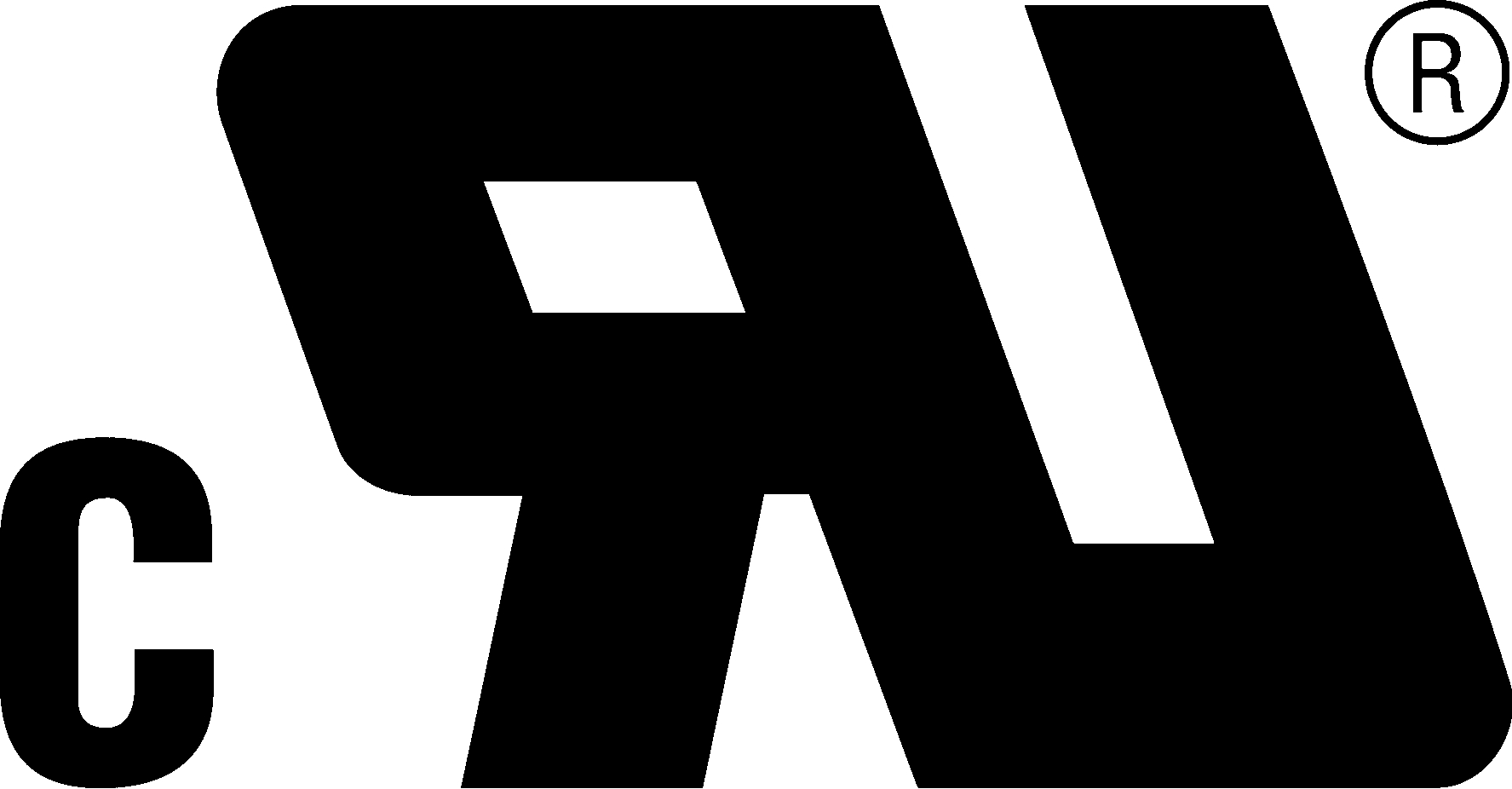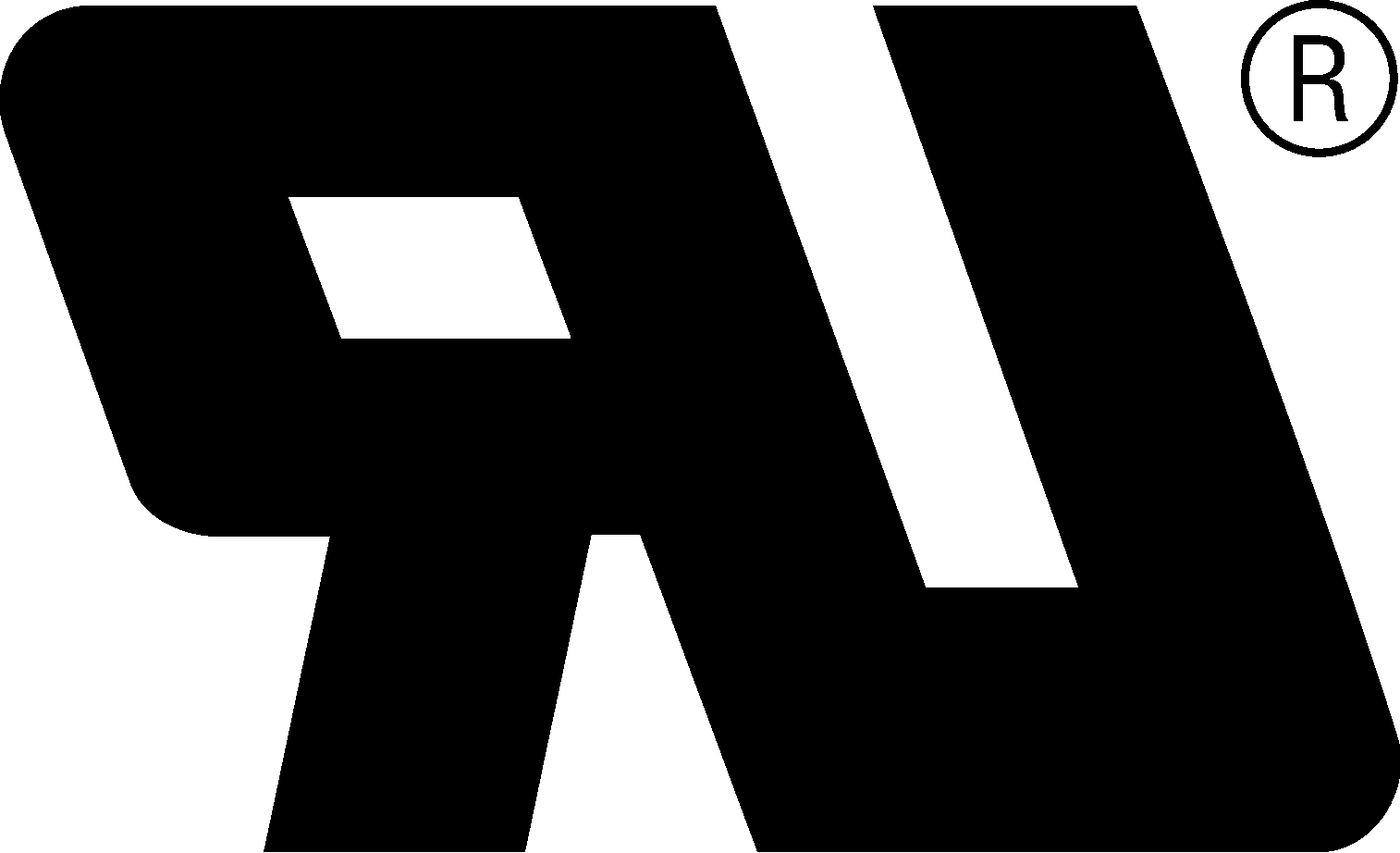Recent developments in power conversion devices like AC drives include increases in switching frequencies. The ultra-fast switching devices now used in drives enable greater efficiency, greater motor control and cost effective packaging. As switching frequencies increase, the effective edge frequencies produced and delivered to the line and load also increase. Control of the emission of these frequencies is often a critical factor in a quality drive application. Manufacturers, integrators, sellers or users of drives may be required to comply with electromagnetic immunity standards such as the FCC 15 – Sub-part J, CE (CISPR 11) EMC directive and IEC 801-X. Conducted noise output (db uV).
KRF Series 3 Phase EMC Power Line Filters assist with cost effective compliance to EMC directives, in a compact, efficient and lightweight design. High common mode reduction in the critical 150 kHz to 30 MHz frequency range assures that the potential for interference from AC drives is reduced or eliminated.
Application Notes
EMI filters are current rated devices. Therefore, in order to apply one, you simply need to know the voltage and the full load amps of the drive with which it will be used (See NEC Table 430-150 for HP/Current calculations). No de-rating or re-rating is necessary when applying a KRF Series filter to a voltage that is equal to or less than its rated voltage.
Most electrical noise generated by AC drives is common mode noise. Hence, for peak filter performance, a low impedance, high frequency ground is essential. To obtain this type of grounding, a conductor wire composed of a high quantity of very fine strands must be used. Conductor wires of this nature include battery braid wire, ultra flexible welding cable, or Litz wire. Also, as high frequency electrical noise can radiate, input and output filter leads should be routed separately.
EMI filters are available with convenient termination options. The last 2 letters of the part number determine the termination type. They are: TB=Terminal Block and CB=Copper Bus. See part number table for standard assignments.

